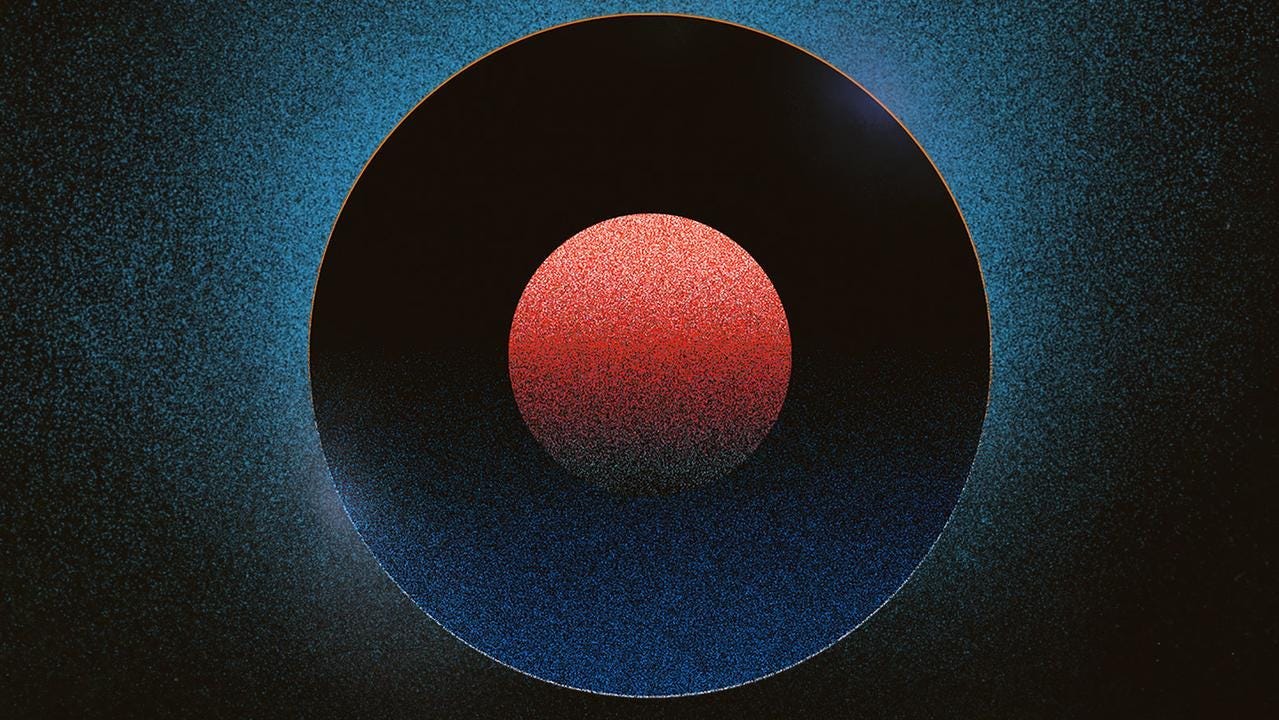Rabbit Holes 🕳️ #65
From speaking nature to the techno- vs. biosphere, how to be animal, botanarchy and the sustainability leaning curve
THIS WEEK → 🌿🗣️ Speaking Nature 🌐🆚🌎 Technosphere vs Biosphere 🦁 How To Be Animal ➕ Botanarchy 🚿 Sustainability Learning Curve
Rabbit Holes 🕳️
As always, here are three perspective-shifting ideas to rewild your mind and help you create a better world, plus some extras below. Enjoy!
#1 🗣️🌿 Speaking Nature
“Nature-centric concepts in the language mak…



